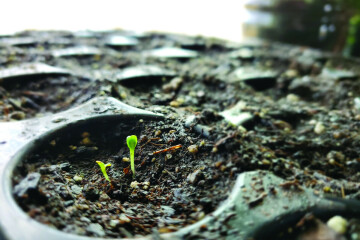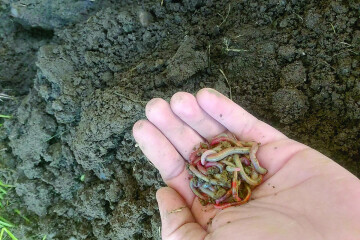Burying the Myth of the Green Thumb
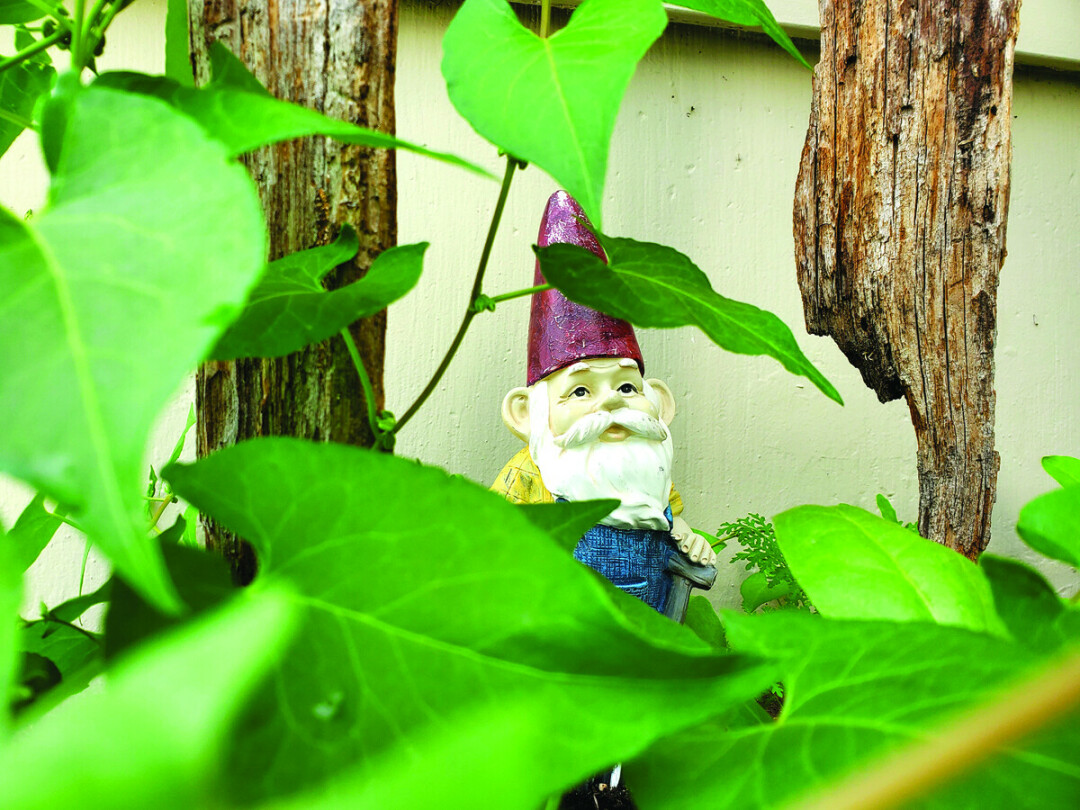
Raise your hand if you’ve ever bought a houseplant. Keep that hand up if the plant is still alive because of your innate plant-growing superpowers. I’m willing to bet that your hand has never glowed green with inherited magical horticultural energy, so it’s time to set the record straight: there is no such thing as a “green thumb.”
Gardening is a learned skill, not a mythical ability that makes every leaf you touch transform into a burgeoning jungle tree worthy of an exotic arboretum, and gardening’s complexity is entirely dependent on the level of exertion you’re willing to extend.
When discussing plant care with people claiming they are “bad with plants,” I simply remind them that gardening is about awareness. A plant will communicate what it needs; you just have to pay attention. Use your own body as an example: when you feel thirsty, you drink water; when your skin starts to turn red in the sun, you seek shade. Plants are similar.
The idea of having “green fingers” was popularized on the BBC radio program “In Your Garden” in the 1930’s and 1940’s by host C.H. Middleton, who is also credited with the “green thumb” expression we use here in the United States. The show was incredibly popular; Mr. Middleton’s conversational tone and impressive knowledge won over listeners, and by 1940, 3.5 million Britons were tuning in to the program.
During the Second World War, the “In Your Garden” series was expanded to include the “Dig for Victory” campaign, which encouraged listeners to plant vegetable gardens at their private residences, in public parks, and on school grounds and sports fields. These gardens were meant to supplement citizens’ rations during food shortages, and boost morale during troubling times.
“War gardening” was met with widespread enthusiasm. It was a way for people to contribute to the war effort and provide for their families, giving them a sense of empowerment and pride. Gardening is as old as agriculture, but the resurgence of interest in growing vegetables during the second quarter of the century has still not faded. Today, we are seeing yet another home gardening revival in the wake of a global pandemic that quarantined billions of people and left many of us with nothing to do.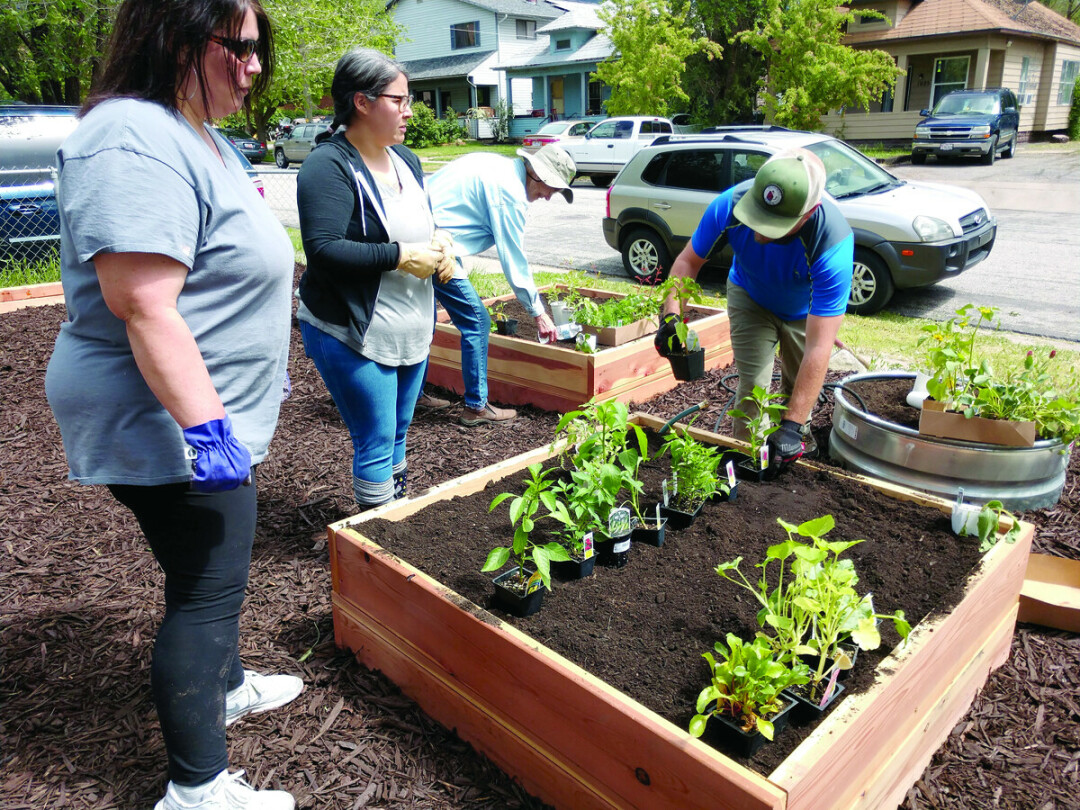
Without our normal activities to keep us entertained, lots of us bought houseplants. And vegetable seeds. And gardening equipment. And created Instagram accounts for our plants. Yeah, me included. “Kelly Green Gardening” had quite the ring to it, and as an already established gardener, I felt I had something to offer in the endless streams of monstera glamor shots and repotting tutorials. My page was silly and colorful, and I even had some followers.
The account went into dormancy when I had to move suddenly, rehoming over seventy houseplants in the process. Gardening was always something I enjoyed, but left to my own devices in a sunny, south facing house, it had become a bit more than just a hobby. I now have around ten plants and can visit many of my adoptees in friends’ homes around the valley.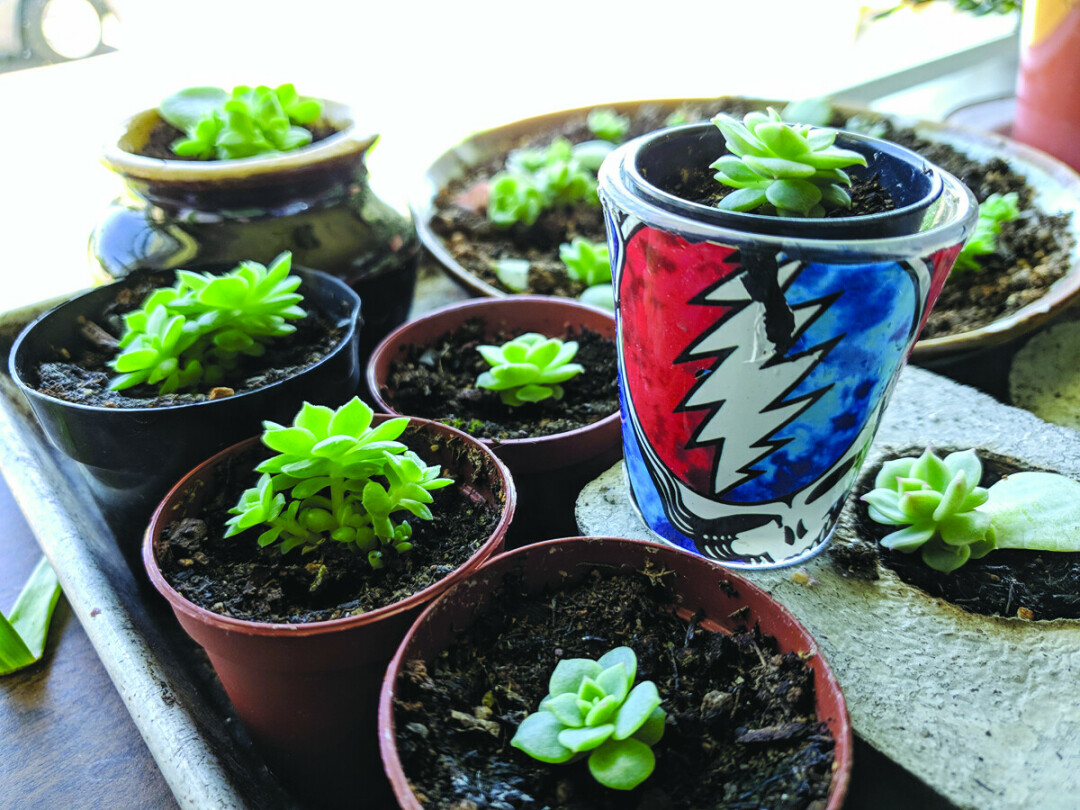
This forced turning out of so many of my beloved vascular companions ended up being a bit of a blessing in disguise. Plants are a lot of work, and I don’t have the time for them that I once did. Life is enough to handle without needing to water my potted tomatoes twice a day.
Let’s talk about tomatoes. Bozeman sits in USDA Hardiness Zone 4b, which is a fancy way of saying that it’s harder than a rock under a shovel to grow heat-loving plants like tomatoes here, but it’s certainly not impossible. Remember I said that gardening is all about awareness?
Think about what kind of conditions tomatoes need to thrive. Unsure? Totally okay. Do some research and think critically about what you find. According to the Old Farmer’s Almanac, tomatoes are “tender, warm-season crops and cannot bear frost.” Uh-oh. Right away, we know we’ve got a challenge on our snow-shoveling hands. It keeps going: tomatoes “are sun worshippers” (read FULL SUN and lots of watering), “take 60 days to more than 100 days to harvest” (I’m mentally counting the amount of frost-free days Bozeman gets), and they need to be spaced 2-3 feet apart, depending on variety.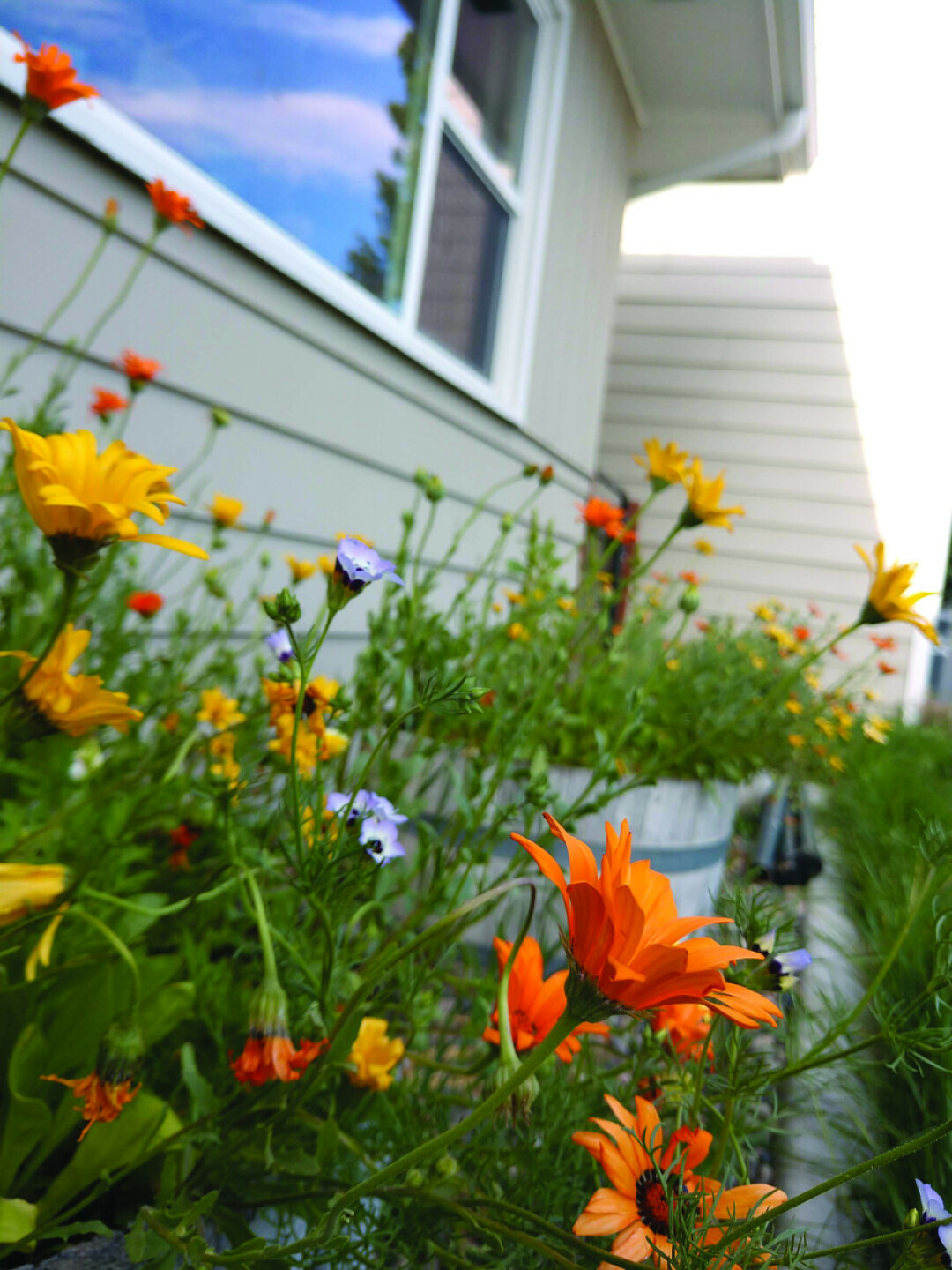
Based on this information, we get a good idea of what we need to give this plant in order to enjoy some home-grown ‘maters: lots of warmth, light, water, time, and space. Be honest—can you give that plant what it needs?
I currently have one east-facing window in my bedroom. My houseplants get direct sunlight in the morning, but are in shade from midday until sunset. The window itself doesn’t seal all that well, so there’s usually a cold draft coming in, and I have to use a humidity-destroying space heater to warm the room, because my floor vent doesn’t work. The plants themselves sit atop piles of books that don’t fit on the shelf, and they have to be moved on a pretty regular basis to get into the stacks.
Does this shady, drafty, tiny windowsill sound like a good place for tomatoes? Definitely not. Tomatoes are incredibly popular plants, but there are so many other options! I have houseplants that only require medium light sitting in my solitary window right now, but I could also grow salad greens and some herbs. I know that because I looked up what grows in the conditions I have, not the conditions I want, which would be a huge, heated greenhouse full of ripe okra and sunflowers and tulsi basil.
If you’re ready to take your first steps toward developing “green fingers,” take an inventory of the location you are wanting your plants to live, indoors and out. You now know the questions to ask. Compare your findings with your research about the plant you want to grow. Are they compatible?
Congratulations! You’re on your way! You’ve done your homework and have chosen a plant that is easy to care for and has an actual chance of surviving in its new home— but now the real work begins. Just like a muscle-car enthusiast walks laps around their prized possession out in the garage, surveying the work that still needs to be done, you too must give your plant routine visual inspections and take mental notes on its condition.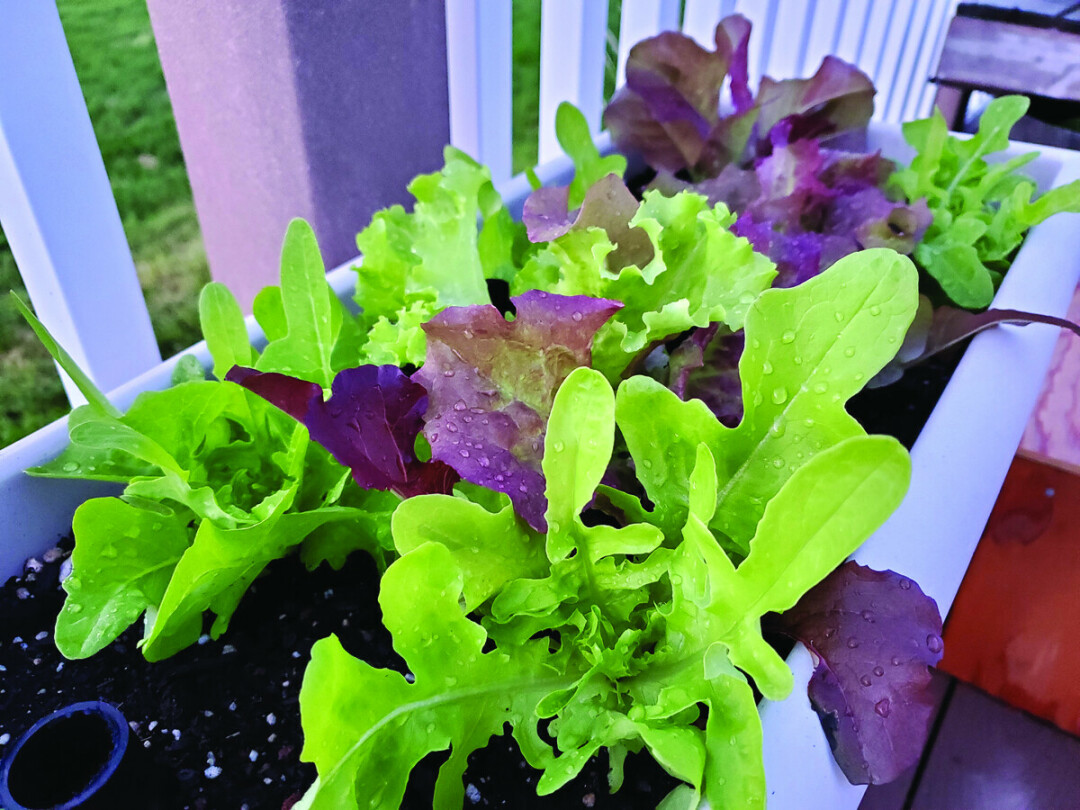
Survey the color of the leaves and the dampness of the soil. Inspect for bugs, mold, or mildew. Has the plant put out new growth lately, or does it seem dormant? Is there mineral build-up around the base of the pot? Pay attention and make small adjustments as necessary. Ask your local plant store or gardening-enthusiast friend for advice, but beware of phone apps that promise to tell you what’s wrong with your plant just from a photo. These apps don’t know the whole story—only you do.
Sound like too much work? You might want to look up plants that don’t need much of your attention. These tend to be slower growing houseplants and outdoor plants that don’t need pruning and aren’t finicky about conditions. You will still have to be wary of pests and mismatched growing requirements, but you won’t kill as many plants by forgetting to water them if you have selected a plant that doesn’t need as much water as a jungle tree.
Now it’s time to address the elephant in the article: plants die. Even the most experienced gardener occasionally fails to keep a plant alive. You aren’t a failure if your efforts result in a brown, crunchy plant. My first few attempts at growing tomatoes in a bucket were comical and, for-the-life-of-me, I still can’t- germinate spinach here. Don’t be haunted by the false idea that you can’t be a gardener if you aren’t successful on your first few tries.
I’ve underwatered and I’ve overwatered. I forgot tender plants outside during a frost; I ignored plants that weren’t doing well to focus on plants that were. I’ve scoffed at growing requirements and buried plants that were never meant for me. Gardening is a trial-and-error endeavor, and only by making mistakes can we truly learn how to surround ourselves with healthy, thriving plants. When you finally unlock some gardening secrets and can keep trickier plants alive, don’t let anyone tell you that you have a “green thumb.” You earned every new leaf and bud through all your hard work, research, and grit!

